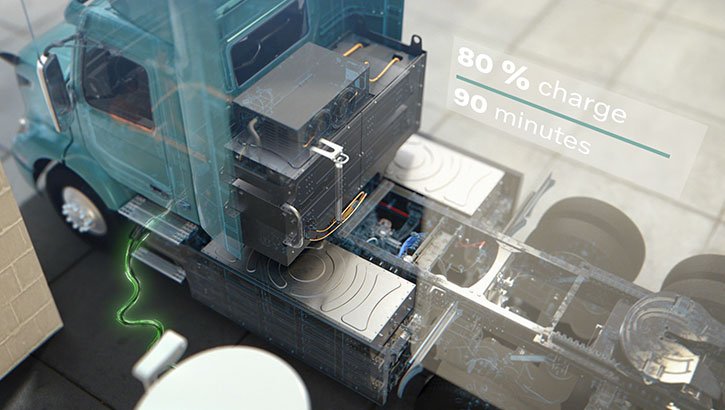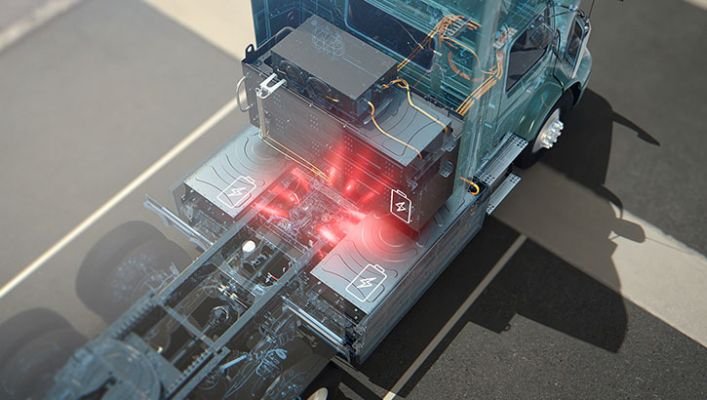Electric trucks are no longer a sci-fi fantasy. Today, there are dozens of medium- and heavy-duty electric truck types that are either already on the market or will be available in the next few years. Already, 27 businesses are manufacturing 48 distinct kinds of medium-duty vehicles such as pick-up trucks and delivery vans.

Furthermore, truck manufacturers are always developing and enhancing their vehicles. The second generation Volvo eVNR tractor-trailer, for example, can recharge to 80 percent in 90 minutes.
The demand for electric trucks is increasing by the day. Tens of thousands of electric vans and trucks have already been preordered by companies such as Amazon, UPS, and FedEx. Furthermore, several utilities, municipalities, and other big corporations, such as IKEA and Unilever, have set aggressive decarbonization targets for their fleets.
A recent study of large corporate fleets revealed a strong preference for electric vehicles, with existing procurement plans calling for the acquisition of 330,000 zero-emission vehicles over the next five years.

Many electric trucks and buses are already competitive in terms of total cost of ownership due to fuel and maintenance cost reductions — especially for elderly fleets that are inefficient and in need of repair.
The payback period to make up for the increased initial purchase price is 3-5 years – a fraction of the lifespan of an electric vehicle. Furthermore, as battery prices fall, economies of scale increase, and the technology improves, the cost of electric trucks is falling.

Rather than creating excuses, governments should adopt electric trucks because the technology is accessible, the commercial case is present, and the time has come.
Reference- Volvo website, EHDV Report, Clean Technica, Inside EVs






